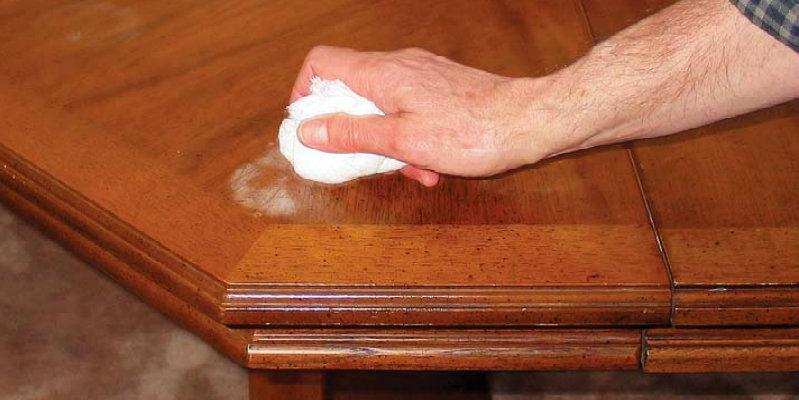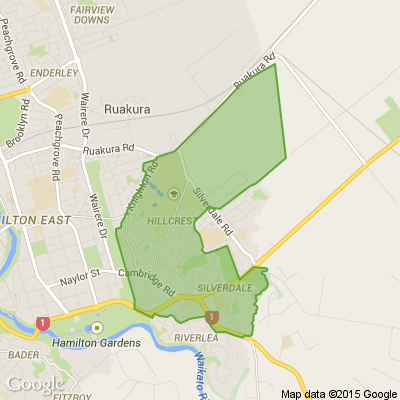Cleaning Tips to Give Your Second-Hand Furniture New Life
Whether it’s wood, cane, fabric or leather, give your second-hand finds a sparkling new lease of life with these cleaning tips and tricks.
Vintage furniture can sometimes need a little TLC before it’s displayed in your home, and pieces you’ve had for a while may also be ready for a spring clean. A quick wipe-down or wash will suffice for some things, but how do you tackle those harder-to-clean items?
Cane:
Cane chairs, tables, shelves and bedheads, with their small crevices, can be dust magnets. Fortunately, you can remove dust with a feather duster, or a vacuum cleaner with a brush attachment, and use an old toothbrush for hard-to-reach areas. To get rid of dirt, most items can be wiped down with a damp cloth, and stains tackled with a soft-bristled brush dipped in a mix of gentle dishwashing liquid and warm water. Make sure not to leave your cane furniture wet after cleaning as mould can grow. Dry it with a fan or leave outside in the sun.
Wood:
Dust wooden furniture gently with a soft cloth, or damp cloth if needed. According to the Smithsonian’s Museum Conservation Institute, wooden furniture should be cleaned only when there is a build-up of wax or dirt, and only unfinished wood, painted wood, or wood with a sturdy finish should be cleaned. Oily dirt or waxy residue can be removed with diluted mineral turpentine or a mix of mild detergent and water but take care this doesn’t affect the wood or finish (do a spot test somewhere unobtrusive first).
The Smithsonian recommends avoiding polishes, oils and beeswax, and to instead buff with a stable, hard furniture polish, no more than twice a year for areas of heavy wear, and once every three or four years for other areas. Most other products will do more harm than good as they cause a build-up over time which can be hard to remove.
Fabric and leather:
You can dust fabric or suede surfaces using the brush attachment of your vacuum cleaner (on low suction), and wipe leather with a soft, damp cloth. Don’t forget to clean in between the folds and creases of couches and chairs.
From dishwashing liquid to vinegar and baking soda, there are a number of household products you can use to attempt to get out a stain, but it is best to research the correct method for each specific item and type of stain and do a test first to ensure the product you’re using won’t damage the fabric.
Always dab rather than rub at the fabric to ensure you don’t weaken it. You may need to repeat the process a number of times to fully remove a stain, and stubborn stains may need to be seen to by a professional.

Some Choice News!
Many New Zealand gardens aren’t seeing as many monarch butterflies fluttering around their swan plants and flower beds these days — the hungry Asian paper wasp has been taking its toll.
Thanks to people like Alan Baldick, who’s made it his mission to protect the monarch, his neighbours still get to enjoy these beautiful butterflies in their own backyards.
Thinking about planting something to invite more butterflies, bees, and birds into your garden?
Thanks for your mahi, Alan! We hope this brings a smile!

Neighbourhood Challenge: Who Can Crack This One? ⛓️💥❔
What has a head but no brain?
Do you think you know the answer? Simply 'Like' this post if you know the answer and the big reveal will be posted in the comments at 2pm on the day!
Want to stop seeing these in your newsfeed?
Head here and hover on the Following button on the top right of the page (and it will show Unfollow) and then click it. If it is giving you the option to Follow, then you've successfully unfollowed the Riddles page.








 Loading…
Loading…